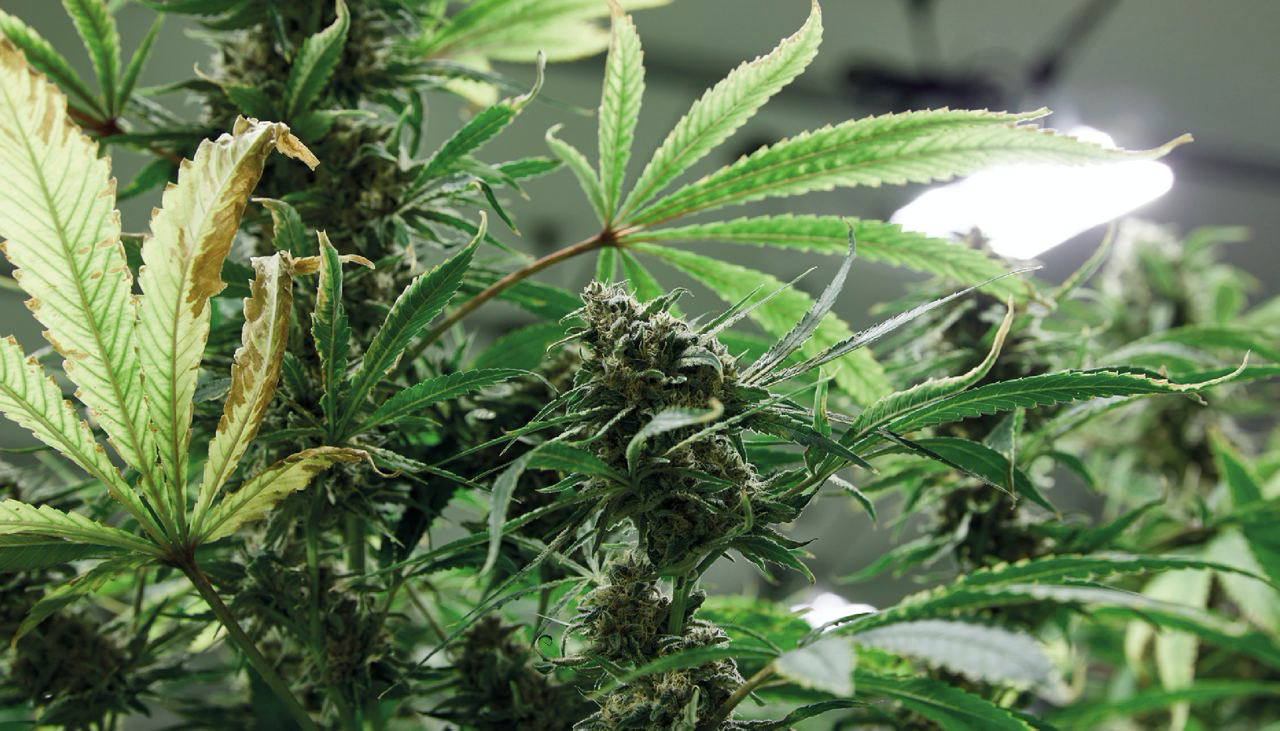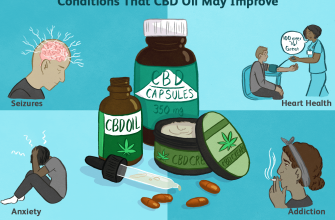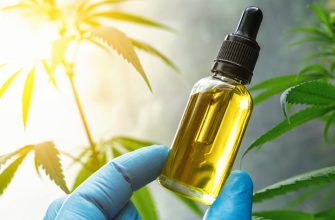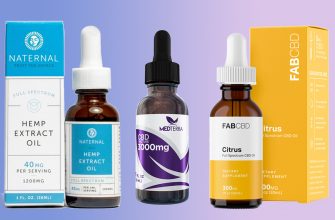
Nutrient lockout is a familiar problem for many growers. But in order to cope with it, you need to have a basic set of knowledge. Beginners may not immediately identify the lock, mistaking it for something else. As a result, they waste time and nerves, going completely in the wrong direction. Cannabis, in turn, is not ready to forgive such mistakes and expresses its dissatisfaction in the form of a bad harvest. To avoid this, let’s go through the hardware and find out how to recognize the blockage, remove it, and, most importantly, avoid it altogether.
Reasons for blocking
When nutrients are blocked, plants cannot take from the environment the necessary amount of elements for full growth. There are several reasons for this situation.
The most common is the wrong pH level of the water. Moreover, the type of substrate on which the cultivation takes place does not matter. The use of a large amount of fertilizer can also lead to blocking. Especially when they are applied too close to the root system. Also, the cause may be the accumulation of salt deposits in the soil due to the use of mineral fertilizers.
Unfortunately, the consequences of these causes do not appear immediately, and the problem can only be recognized by a careful examination of the appearance of the bush.
Signs of nutrient blockage in cannabis
Many growers see yellow leaves or notice a slowdown in growth. But at the same time they often fall into a trap, because as we like to say: “Weak, it means that he ate little porridge!” The plant is weakening, the grower thinks, so it’s all about lack of nutrition. But it is very easy to make such a mistake, because blocking is actually quite easy to confuse with a shortage. Cannabis in both cases ceases to receive the required amount of nutrition. Hence the similarity of symptoms.
How to distinguish between these two problems? First of all, check the pH. Better yet, do it regularly. But if you like investigating incidents more than preventing them, then in case of alarms, the pH meter numbers will help you a lot:
- pH is normal – deficiency (the plant eats, but not enough, because the food is running out)
- pH less than 6.0 or more than 7.0 – blockage (there is enough nutrition, but the plant does not eat, because the necessary elements will not be acquired by the root system).
What to do if the diagnosis is “Block”
You can do nothing, but then the damage received from blocking can significantly reduce the quantity and quality of the crop. Especially during the flowering period, when you increase the dosages and use supplements to pump juicy sugar buds. Fortunately, if you are faced with a blockage, then there is a solution and getting everything back in order will not be so difficult.
flushing
Excellent for restoring the ability of plants to absorb macro- and microelements from the outside. It is carried out quite simply: the substrate is washed with clean water with an adjusted pH level.
The amount of such water depends on the saturation of the substrate. Personally, I fill in a liter and watch the drainage. I do this until clear water begins to come out into the drain. I check the pH of the last drainage – if everything is normal, then I fill in the compote and put it back under the lamps. Just in case, let me remind you of the norms of the pH values u200bu200bof water or compote:
When growing hydroponically, the flushing procedure is even easier. You just need to drain the current solution with the wrong pH and fill in a new one. I will add that flushes during the cycle can be made regular. For example, the first at the transition to the flowering stage, the second after four weeks, and the third after another four weeks, just before the harvest.
How to prevent blocking
In order not to worry and not to force yourself to once again prepare water for washings, it is best not to encounter blockage at all, preventing its occurrence. It is quite possible to cope with this by resorting to the following practices.
pruning
Sometimes the cause of the blockage is a very rich plant nutrition. You can reduce the plant’s need for a large number of nutrients by trimming large leaves. The less green mass, the less nutrition the plant needs. It is not necessary to cut the plants heavily, since the leaves are still needed for photosynthesis. But a little pruning of the lowest leaves will do the trick, as the plant will be able to redirect nutrients from supporting old leaves to building new ones.
stress reduction
When you switch photoperiod cannabis to a 12/12 schedule, the nutrient balance changes as well. Now he no longer needs a lot of nitrogen, as the development of the foliage mass becomes a secondary task in relation to the development of the fruits. And for this process, large amounts of other elements are required – phosphorus and potassium.
Such a sudden change in diet can be very stressful for the plant, so change the diet gradually from the moment of transition. If you’re growing an autoflower, keep a close eye on the start of preflowering. As soon as you notice that the top of the shoot begins to become covered with white pistil hairs, start increasing the dosages of phosphorus and potassium. For example, you can first give 1/4 of the whole dose for compote per color. That is, if the table indicates 2 ml / l of liquid from a jar with the word Bloom, then you add, respectively, 0.5 ml / l. Then you can go in the same quarters to a full-fledged compote for color.
The light schedule should also be changed gradually during the week, making each next day one hour shorter than the previous one.
Regular pH check
The cannabis root system develops very well and functions in a moderately acidic environment. If the acidity becomes high or, conversely, low, then the roots will lose the ability to absorb nutrients – this is blockage. Remember that prevention is better than cure, so regularly checking the pH level helps to make sure that the plant is comfortable and there is no risk of disturbing this comfort.
Check both compote pH and drainage pH. Ideally, they should be the same, but if there is a slight discrepancy, it’s okay. The main thing is to keep these values between 6.0 – 7.0 for soil and 5.5 – 6.5 for hydroponics (DWC) and coco. In hydroponics, you need to constantly control the pH, since with such a growing system, plants are much more susceptible to an increase or decrease in the acidity of the nutrient medium.
The enthusiasm of many beginners falls prey to nutrient blockage. Everyone wants to give their plants as much food as possible to get a big and tasty harvest. But still, you need to remember that more is not better. And that every living organism has its own preferences when consuming nutrients.
Use the knowledge gained and the chances of a successful grow with a pleasant amount of harvest will increase significantly!





